HSBC 2010 Annual Report Download - page 257
Download and view the complete annual report
Please find page 257 of the 2010 HSBC annual report below. You can navigate through the pages in the report by either clicking on the pages listed below, or by using the keyword search tool below to find specific information within the annual report.-
 1
1 -
 2
2 -
 3
3 -
 4
4 -
 5
5 -
 6
6 -
 7
7 -
 8
8 -
 9
9 -
 10
10 -
 11
11 -
 12
12 -
 13
13 -
 14
14 -
 15
15 -
 16
16 -
 17
17 -
 18
18 -
 19
19 -
 20
20 -
 21
21 -
 22
22 -
 23
23 -
 24
24 -
 25
25 -
 26
26 -
 27
27 -
 28
28 -
 29
29 -
 30
30 -
 31
31 -
 32
32 -
 33
33 -
 34
34 -
 35
35 -
 36
36 -
 37
37 -
 38
38 -
 39
39 -
 40
40 -
 41
41 -
 42
42 -
 43
43 -
 44
44 -
 45
45 -
 46
46 -
 47
47 -
 48
48 -
 49
49 -
 50
50 -
 51
51 -
 52
52 -
 53
53 -
 54
54 -
 55
55 -
 56
56 -
 57
57 -
 58
58 -
 59
59 -
 60
60 -
 61
61 -
 62
62 -
 63
63 -
 64
64 -
 65
65 -
 66
66 -
 67
67 -
 68
68 -
 69
69 -
 70
70 -
 71
71 -
 72
72 -
 73
73 -
 74
74 -
 75
75 -
 76
76 -
 77
77 -
 78
78 -
 79
79 -
 80
80 -
 81
81 -
 82
82 -
 83
83 -
 84
84 -
 85
85 -
 86
86 -
 87
87 -
 88
88 -
 89
89 -
 90
90 -
 91
91 -
 92
92 -
 93
93 -
 94
94 -
 95
95 -
 96
96 -
 97
97 -
 98
98 -
 99
99 -
 100
100 -
 101
101 -
 102
102 -
 103
103 -
 104
104 -
 105
105 -
 106
106 -
 107
107 -
 108
108 -
 109
109 -
 110
110 -
 111
111 -
 112
112 -
 113
113 -
 114
114 -
 115
115 -
 116
116 -
 117
117 -
 118
118 -
 119
119 -
 120
120 -
 121
121 -
 122
122 -
 123
123 -
 124
124 -
 125
125 -
 126
126 -
 127
127 -
 128
128 -
 129
129 -
 130
130 -
 131
131 -
 132
132 -
 133
133 -
 134
134 -
 135
135 -
 136
136 -
 137
137 -
 138
138 -
 139
139 -
 140
140 -
 141
141 -
 142
142 -
 143
143 -
 144
144 -
 145
145 -
 146
146 -
 147
147 -
 148
148 -
 149
149 -
 150
150 -
 151
151 -
 152
152 -
 153
153 -
 154
154 -
 155
155 -
 156
156 -
 157
157 -
 158
158 -
 159
159 -
 160
160 -
 161
161 -
 162
162 -
 163
163 -
 164
164 -
 165
165 -
 166
166 -
 167
167 -
 168
168 -
 169
169 -
 170
170 -
 171
171 -
 172
172 -
 173
173 -
 174
174 -
 175
175 -
 176
176 -
 177
177 -
 178
178 -
 179
179 -
 180
180 -
 181
181 -
 182
182 -
 183
183 -
 184
184 -
 185
185 -
 186
186 -
 187
187 -
 188
188 -
 189
189 -
 190
190 -
 191
191 -
 192
192 -
 193
193 -
 194
194 -
 195
195 -
 196
196 -
 197
197 -
 198
198 -
 199
199 -
 200
200 -
 201
201 -
 202
202 -
 203
203 -
 204
204 -
 205
205 -
 206
206 -
 207
207 -
 208
208 -
 209
209 -
 210
210 -
 211
211 -
 212
212 -
 213
213 -
 214
214 -
 215
215 -
 216
216 -
 217
217 -
 218
218 -
 219
219 -
 220
220 -
 221
221 -
 222
222 -
 223
223 -
 224
224 -
 225
225 -
 226
226 -
 227
227 -
 228
228 -
 229
229 -
 230
230 -
 231
231 -
 232
232 -
 233
233 -
 234
234 -
 235
235 -
 236
236 -
 237
237 -
 238
238 -
 239
239 -
 240
240 -
 241
241 -
 242
242 -
 243
243 -
 244
244 -
 245
245 -
 246
246 -
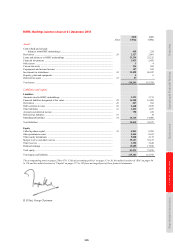 247
247 -
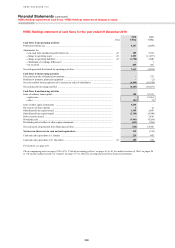 248
248 -
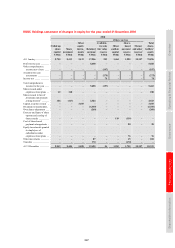 249
249 -
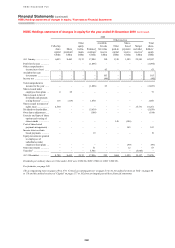 250
250 -
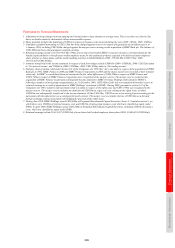 251
251 -
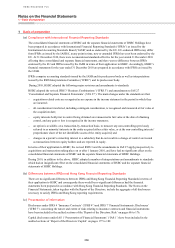 252
252 -
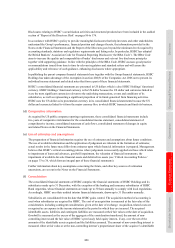 253
253 -
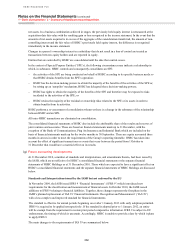 254
254 -
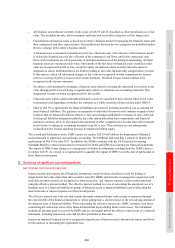 255
255 -
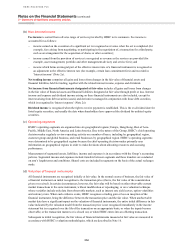 256
256 -
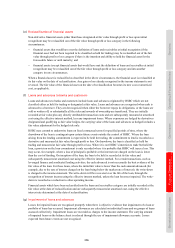 257
257 -
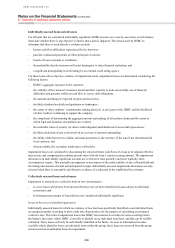 258
258 -
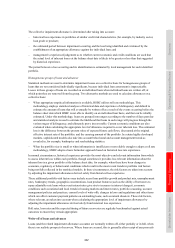 259
259 -
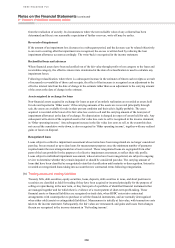 260
260 -
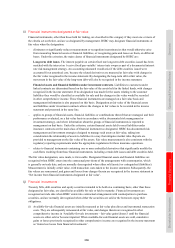 261
261 -
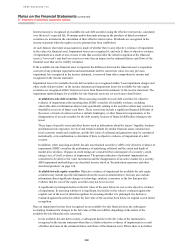 262
262 -
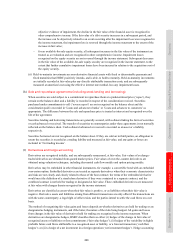 263
263 -
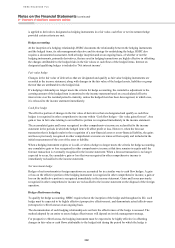 264
264 -
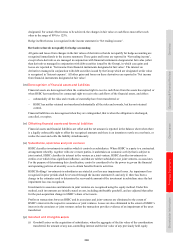 265
265 -
 266
266 -
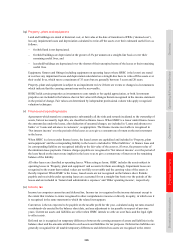 267
267 -
 268
268 -
 269
269 -
 270
270 -
 271
271 -
 272
272 -
 273
273 -
 274
274 -
 275
275 -
 276
276 -
 277
277 -
 278
278 -
 279
279 -
 280
280 -
 281
281 -
 282
282 -
 283
283 -
 284
284 -
 285
285 -
 286
286 -
 287
287 -
 288
288 -
 289
289 -
 290
290 -
 291
291 -
 292
292 -
 293
293 -
 294
294 -
 295
295 -
 296
296 -
 297
297 -
 298
298 -
 299
299 -
 300
300 -
 301
301 -
 302
302 -
 303
303 -
 304
304 -
 305
305 -
 306
306 -
 307
307 -
 308
308 -
 309
309 -
 310
310 -
 311
311 -
 312
312 -
 313
313 -
 314
314 -
 315
315 -
 316
316 -
 317
317 -
 318
318 -
 319
319 -
 320
320 -
 321
321 -
 322
322 -
 323
323 -
 324
324 -
 325
325 -
 326
326 -
 327
327 -
 328
328 -
 329
329 -
 330
330 -
 331
331 -
 332
332 -
 333
333 -
 334
334 -
 335
335 -
 336
336 -
 337
337 -
 338
338 -
 339
339 -
 340
340 -
 341
341 -
 342
342 -
 343
343 -
 344
344 -
 345
345 -
 346
346 -
 347
347 -
 348
348 -
 349
349 -
 350
350 -
 351
351 -
 352
352 -
 353
353 -
 354
354 -
 355
355 -
 356
356 -
 357
357 -
 358
358 -
 359
359 -
 360
360 -
 361
361 -
 362
362 -
 363
363 -
 364
364 -
 365
365 -
 366
366 -
 367
367 -
 368
368 -
 369
369 -
 370
370 -
 371
371 -
 372
372 -
 373
373 -
 374
374 -
 375
375 -
 376
376 -
 377
377 -
 378
378 -
 379
379 -
 380
380 -
 381
381 -
 382
382 -
 383
383 -
 384
384 -
 385
385 -
 386
386 -
 387
387 -
 388
388 -
 389
389 -
 390
390 -
 391
391 -
 392
392 -
 393
393 -
 394
394 -
 395
395 -
 396
396
 |
 |

255
Overview Operating & Financial Review Governance Financial Statements Shareholder Information
(e) Reclassification of financial assets
Non-derivative financial assets (other than those designated at fair value through profit or loss upon initial
recognition) may be reclassified out of the fair value through profit or loss category in the following
circumstances:
− financial assets that would have met the definition of loans and receivables at initial recognition (if the
financial asset had not been required to be classified as held for trading) may be reclassified out of the fair
value through profit or loss category if there is the intention and ability to hold the financial asset for the
foreseeable future or until maturity; and
− financial assets (except financial assets that would have met the definition of loans and receivables at initial
recognition) may be reclassified out of the fair value through profit or loss category and into another
category in rare circumstances.
When a financial asset is reclassified as described in the above circumstances, the financial asset is reclassified at
its fair value on the date of reclassification. Any gain or loss already recognised in the income statement is not
reversed. The fair value of the financial asset on the date of reclassification becomes its new cost or amortised
cost, as applicable.
(f) Loans and advances to banks and customers
Loans and advances to banks and customers include loans and advances originated by HSBC which are not
classified either as held for trading or designated at fair value. Loans and advances are recognised when cash is
advanced to a borrower. They are derecognised when either the borrower repays its obligations, or the loans are
sold or written off, or substantially all the risks and rewards of ownership are transferred. They are initially
recorded at fair value plus any directly attributable transaction costs and are subsequently measured at amortised
cost using the effective interest method, less any impairment losses. Where exposures are hedged by derivatives
designated and qualifying as fair value hedges, the carrying value of the loans and advances so hedged includes a
fair value adjustment for the hedged risk only.
HSBC may commit to underwrite loans on fixed contractual terms for specified periods of time, where the
drawdown of the loan is contingent upon certain future events outside the control of HSBC. Where the loan
arising from the lending commitment is expected to be held for trading, the commitment to lend is recorded as a
derivative and measured at fair value through profit or loss. On drawdown, the loan is classified as held for
trading and measured at fair value through profit or loss. Where it is not HSBC’s intention to trade but hold the
loan, a provision on the loan commitment is only recorded where it is probable that HSBC will incur a loss. This
may occur, for example, where a loss of principal is probable or the interest rate charged on the loan is lower
than the cost of funding. On inception of the loan, the loan to be held is recorded at its fair value and
subsequently measured at amortised cost using the effective interest method. For certain transactions, such as
leveraged finance and syndicated lending activities, the cash advanced is not necessarily the best evidence of the
fair value of the loan. For these loans, where the initial fair value is lower than the cash amount advanced (for
example, due to the rate of interest charged on the loan being below the market rate of interest), the write-down
is charged to the income statement. The write-down will be recovered over the life of the loan, through the
recognition of interest income using the effective interest method, unless the loan becomes impaired. The write-
down is recorded as a reduction to other operating income.
Financial assets which have been reclassified into the loans and receivables category are initially recorded at the
fair value at the date of reclassification and are subsequently measured at amortised cost, using the effective
interest rate determined at the date of reclassification.
(g) Impairment of loans and advances
Losses for impaired loans are recognised promptly when there is objective evidence that impairment of a loan or
portfolio of loans has occurred. Impairment allowances are calculated on individual loans and on groups of loans
assessed collectively. Impairment losses are recorded as charges to the income statement. The carrying amount
of impaired loans on the balance sheet is reduced through the use of impairment allowance accounts. Losses
expected from future events are not recognised.
